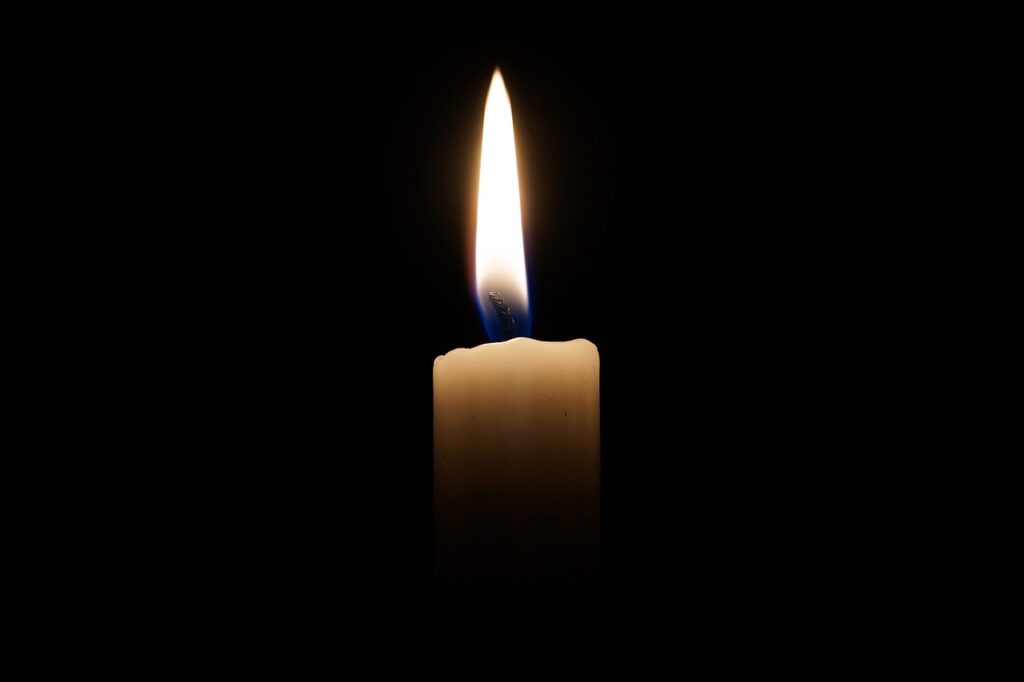The “I Am” sayings of Jesus first started making sense to me while reading the “I Am” sayings of Krishna in Hinduism. It seems to me that Jesus, like Krishna before him, used the poetry of “I Am” sayings to speak symbolically as the deeper and larger life within us.
Many Christians only look at the one “I Am: saying where Jesus says he is the only way to the Source, but Jesus also speaks as bread, as light, as a door, as a shepherd, as a vine, and as life itself. There are 7 “I Am” sayings and we need to look at them all to get the point of the poetry.
It seems to me the wisdom gained from this poetry is experiential, not doctrinal. The “point” of the poetry, I think, is to feel the life springing from primordial depths within us, and to feel our larger interconnectedness with every other being.
In other words, it seems to me, the “point of the “I Am” sayings is to help us “hear” life speaking to us, within us and all around us. And here is one lesson I have “heard” life teaching me:
“If you will stop running from your death for a moment and look at impermanence calmly and fully, you will see only me (life, love, nature, etc.)
The “observer” whom you are so afraid of losing, who believes itself to be standing outside the currents of change, the grieving observer witnessing others come into being and then piteously pass, that observer is not and has never been truly separate.
What you are calling your “self” is but an ephemeral ripple on a timeless pond. Lose your belief in that illusory isolated self, recognize that I (life, love, nature) am your deeper “Self” and you will lose your terror of death.
It is not you who looks out upon me (life love, nature, etc.) but I (life, love, nature, etc.) who is looking out through your eyes.”
